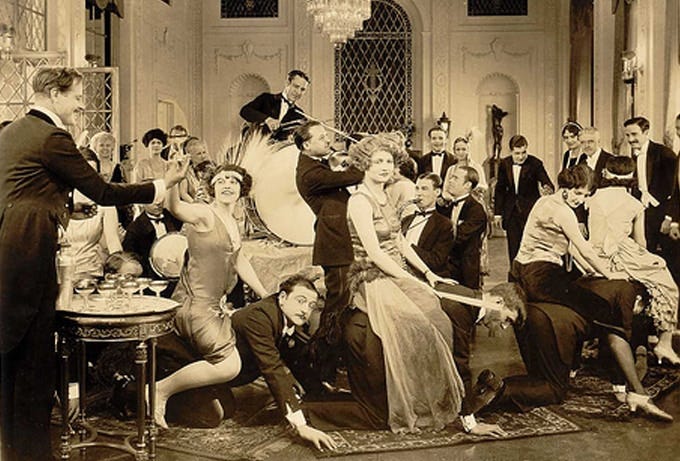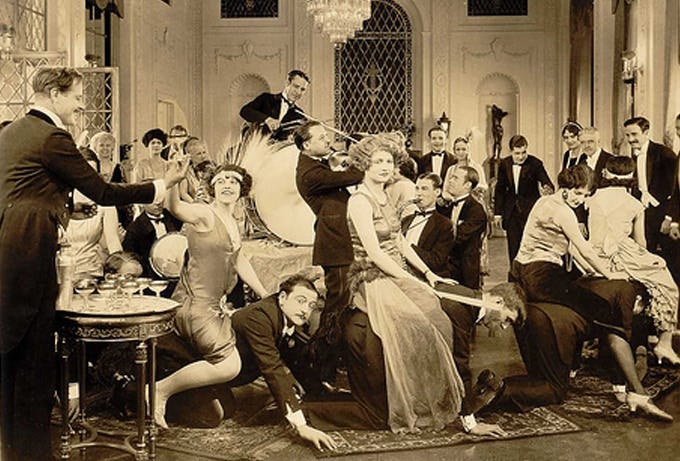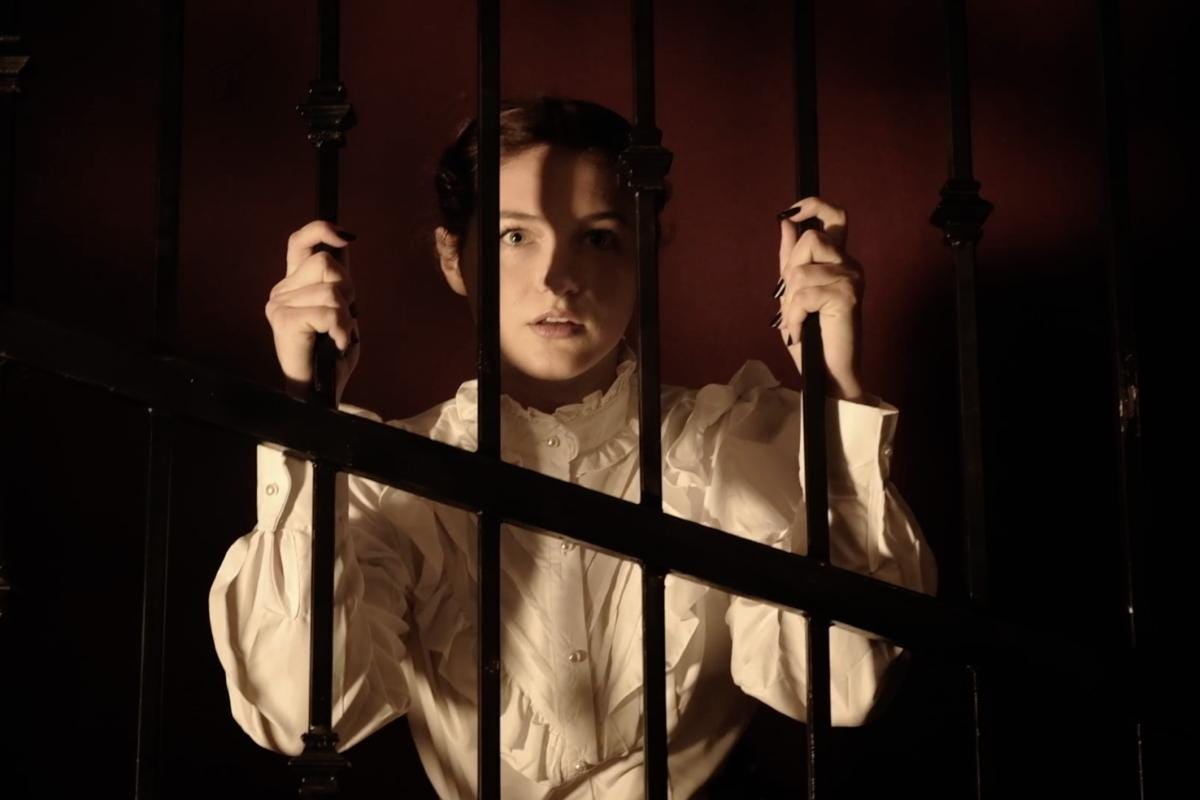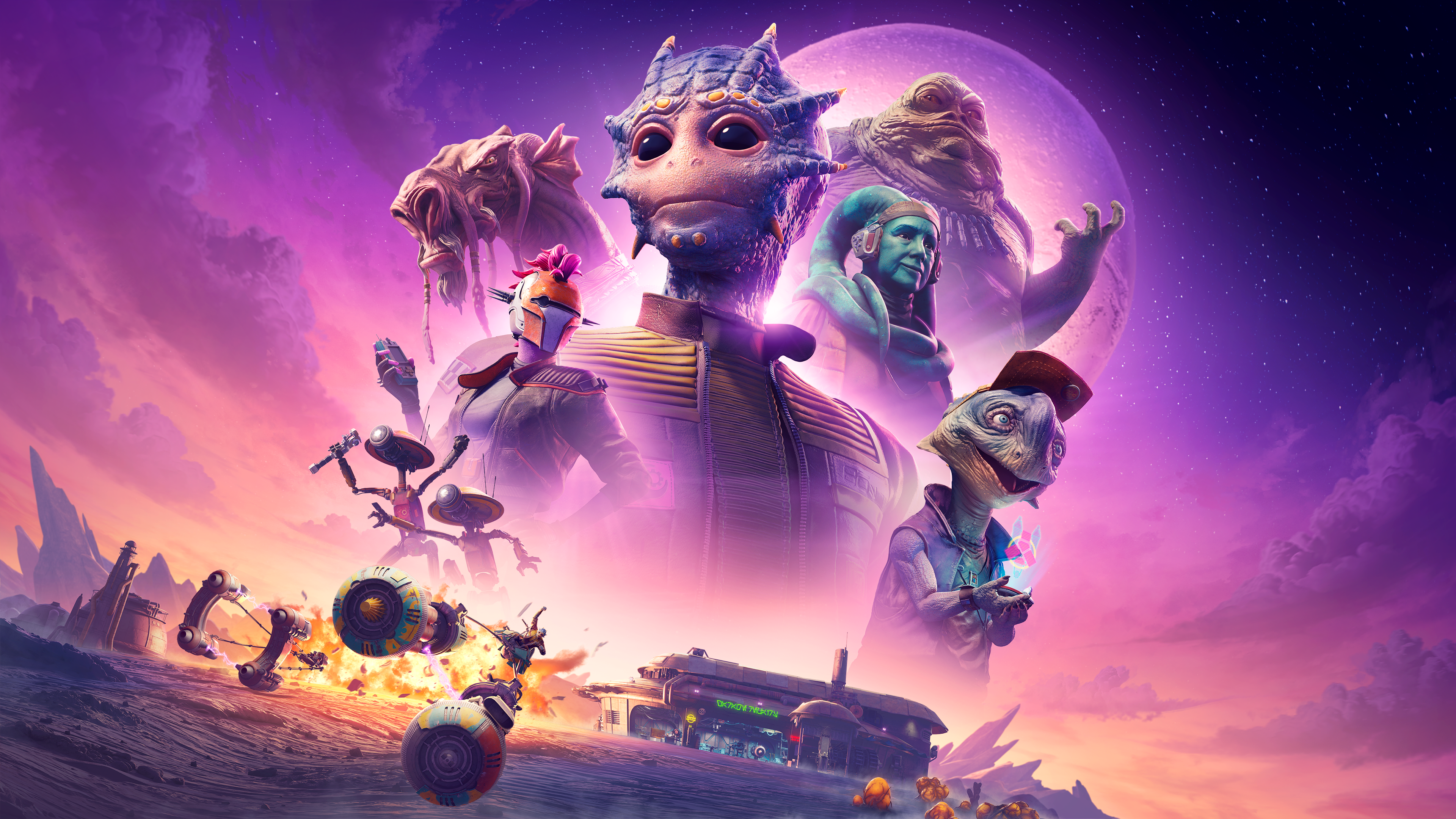
The Roaring 20’s, that care-free era where anything went right before it all came crashing down. The era of Gatsby, jazz, and flappers: fever dream of party kids and cautionary tale for moralists.
One artifact of the era, Joseph Moncure March’s 1928 book-length poem The Wild Party, has become the focus for multiple theatrical adaptations. This fall the Denver Center for the Performing Arts’ Off-Center program — who turned heads across the immersive landscape by producing Third Rail Project’s Sweet & Lucky, will bring Michael John LaChiusa’s Broadway musical adaptation of the poem into realm of the immersive.
The Kickstarter campaign for The Wild Party kicked off this week, preparing the way for the October run, and we checked in with Off-Center co-curator Charlie Miller about the plans for the show.
No Pro: Off-Center got a lot of buzz in both Denver and beyond for ‘Sweet and Lucky,’ how much did that play into the choice to stage an immersive musical?
Charlie Miller: We have been interested in producing immersive/experiential work through Off-Center for many years now. The excitement around Sweet & Lucky certainly encouraged us, but we were already committed to doing immersive work before that show. I co-founded Off-Center in 2010 with Emily Tarquin, and our goal from the very beginning was to experiment with different types of theatrical experiences that engaged audiences in new ways.
Two years ago, we were accepted into the Wallace Foundation’s Building Audiences for Sustainability grant program, which is generously supporting our immersive/experiential work over four years. The first project to come out of that was Sweet & Lucky — the Wallace funding allowed us to commission Third Rail Projects and build out a 16,000 square foot warehouse for this large-scale immersive show. This past season, we produced an adventure comedy called Travelers of the Lost Dimension, which took place in the public spaces of a new urban marketplace, and our next large-scale project will be The Wild Party. We also have a number of new immersive/experiential projects in the works for the coming years.
Get Noah J Nelson’s stories in your inbox
Join Medium for free to get updates from this writer.
SubscribeSubscribe
NP: Is Denver hungry for more of this kind of work?
CM: Sweet & Lucky (May — August, 2016) proved to us that Denver is definitely hungry for new theatrical experiences. We extended that show for six weeks because of demand, and ended up selling out all 89 performances. Then Travelers of the Lost Dimension (March — May, 2017) sold out its initial run before it even opened, so we extended that run by four weeks. People in Denver are active and adventurous — it’s part of the DNA of our city — so it makes sense that they are drawn to these active and adventurous artistic experiences.
NP: There are a lot of flavors of immersive theatre: what’s the current shape this incarnation of The Wild Party is taking?
CM: The Wild Party is a Broadway musical by Michael John LaChiusa, based on a 1928 poem that was banned in its time because it was too scandalous. The story follows a mix of debaucherous vaudevillians as they attempt to drink and dance their way out of personal problems over the course of one fateful night. In our staging of the show, the audience will be invited in as guests to the party. We are building out an art-deco apartment inside an old airplane hangar, and that’s where the show will take place. Audience members will sit on couches and furniture while the story plays out around them. There will be a live band in the apartment, and, like any good party, lots of things will be happening simultaneously — one minute you might be watching that diva perform her song while the next minute you find yourself playing cards with some of the guys.
Our previous immersive works were created to be performed immersively, so it is interesting to work with an existing script that was written for a traditional Broadway proscenium stage. Most musicals don’t lend themselves to an immersive staging, but The Wild Party works because it has such a clear role that the audience can play in the story. It’s exciting to me because it’s not just a gimmick — by casting the audience as partygoers, we can put them right in the middle of the story and tell it in a more powerful and engaging way.
NP: As a producer, what kind of inspiration are you taking from the immersive theatre renaissance?
CM: I have been hooked on immersive theatre since I first experienced Sleep No More in 2011. I try to see as much as I can wherever I can. There is also a budding immersive/experiential scene in Denver and a growing community of artists (many of whom have collaborated on Off-Center shows over the years) working in this genre. Because the spectrum of art and experiences is so broad, it’s always helpful to see what others are doing, particularly those artists who are trying new things and pushing the boundaries of the form. I take inspiration from everything I see, and I can’t get enough of it!
I’m particularly interested in how shows set expectations for the audience, establish the rules of the world, and give audiences a specific role or lens through which to view the story. I’m also intrigued by immersive installations that have stories but no performers, like Meow Wolf in Santa Fe (which blew my mind when I went last summer) and escape rooms — they make me wonder how we can give audiences even more agency inside of immersive performances.
NP: What do you see the role of Off-Center — and producing organizations like it — in the emergence of immersive theatre?
CM: The two biggest things I have been focused on with Off-Center are commissioning new immersive work and “creative matchmaking” to bring together different artists to collaborate on projects. Because this kind of work requires significant human and financial resources, producing organizations like ours are uniquely positioned to take the risk and pull it off. We can also help grow and evolve the form by producing a range of immersive/experiential work and encouraging artists to experiment with new approaches to it. And finally we can build a loyal audience for this work (as we are trying to do in Denver) — an audience that is excited by new experiences, eager to try out what we produce, and that can help sustain immersive theatre into the future.















Discussion